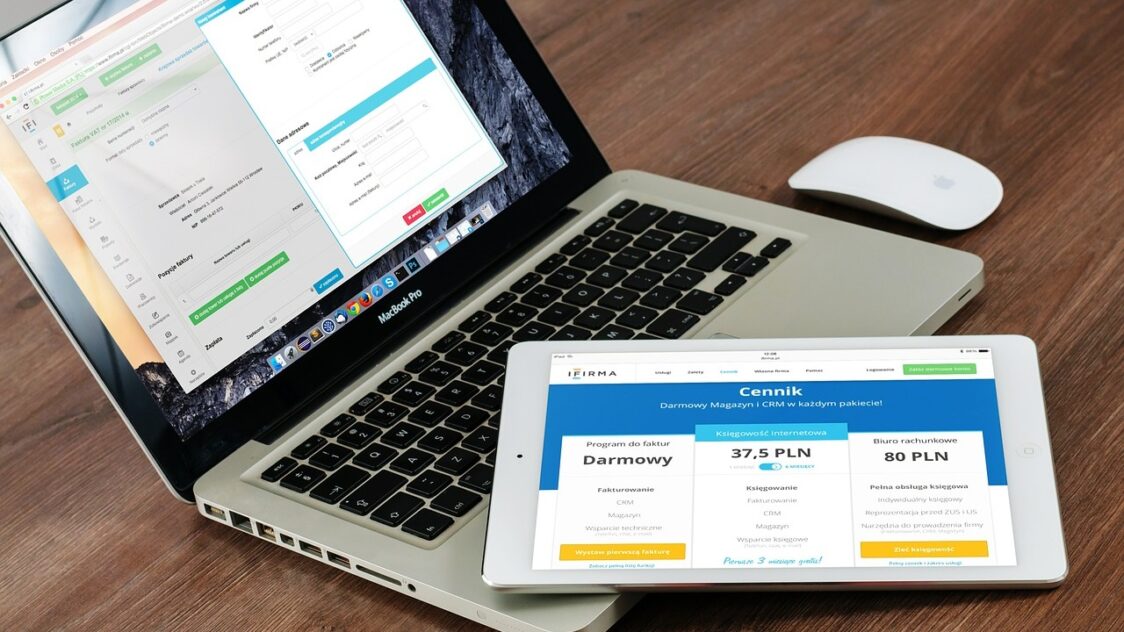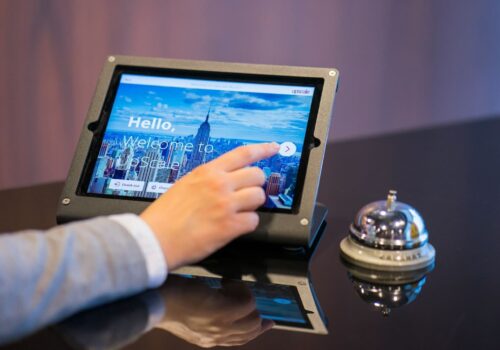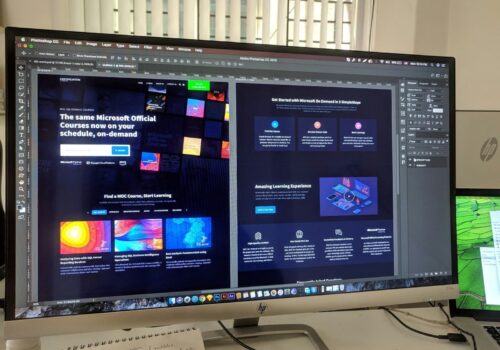How to motivate users to complete a target action with design
Even the most beautiful interfaces can bring minimal conversions. And sites and apps with outdated design, on the contrary, motivate users to complete targeted actions.
In this article we’ll talk about what a targeted action is, examine ways to motivate your audience to get to the end point of the journey, and discuss how design affects conversions.
What is a targeted action
A targeted action is a valuable event that the project owner defined during the design phase. It can be signing up for email updates, placing an order, filling out a contact form, or visiting a special page.
Each section of the site or app has micro-targets that bring the user closer to completing the main action. For example, on the catalog page, the buttons leading to the product card have the highest priority. On the order form, it’s the button that sends data to the server.
The site may have dozens of target actions, but there will always be one main action that determines the success of the digital product. In the case of commercial projects, it’s sending contacts or a request to buy a product. For the information niche, other goals are relevant, but the basic principles remain the same.

Some interfaces are designed to draw maximum attention to the elements used to complete the targeted action. Often flashing buttons and other CTA elements are used that put emotional pressure on users, and instead of a conversion the business gets a negative representative of the target audience.
Creating a UI with a high conversion rate is difficult because a large number of factors influence user engagement. The site may have a beautiful design, but usability errors will spoil the whole picture. Or the loading speed will be so bad that visitors will close the page before the content appears.
There are a large number of tools that are used to motivate completion of a targeted action. If used correctly, the user experience will not suffer and conversions will increase significantly.
The responsibility for using marketing tools rests on the shoulders of the site owner. The designer simply fulfills the customer’s requirements and can give advice when necessary.
Everyone understands that interfaces are created to get as much targeted action as possible. There are different ways to motivate to fill out a form or subscribe, but generally the same approaches are used. Even if the format of the sites is very different.
A small percentage of projects are created to improve a company’s image. For example, large corporations often join trends and make web brutalism style sites or use interactive formats. In this case, companies do not pursue clear commercial goals, but count on user loyalty.

As for commercial projects, they are created with a maximum focus on high conversion rates. The result depends on the approach to the work, the skill of the designer and the peculiarities of the interaction between the business and the target audience.
Sites with good design can bring fewer conversions than those without perfect usability, beautiful animations and unique features. The problem lies in the clear message of the project. No one is forcing people to buy, but the emotional pressure is too high and everything is focused on that goal.
The call to action is not a tool with negative connotations, but it can become one if you overdo the attention span. When users realize that certain actions are being imposed on them, they feel the urge to close the browser tab as soon as possible.
A native call to action is a button with light animation or an order form that unobtrusively nudges users to complete the targeted action. Large retailers and well-known information projects have many examples that can be applied to any niche.
One of the biggest mistakes entrepreneurs make when they want to close certain needs with a website is shifting the focus toward more CTA elements. They ask the designer to make the interface literally “scream” about placing an order.
Imagine you want to buy a smartphone and you go to a big mall to do that. At the entrance to one store there is an animator who lures you inside by all means. You want to get away from him, because you feel that the solution is being imposed.
If there is another store in the mall with a similar assortment and discreet advertising, the decision to buy will come by itself. Additional stimulation won’t hurt, but only within reasonable limits.
The main feature of any UI designed to maximize the number of target actions – nativeness. When a user is not directly persuaded to place an order or subscribe to social networks, but he is formed this desire.
If a person feels that he is not pressured and decides for himself, the chances of getting a targeted action increases tenfold. This is the easiest and most effective way to create a loyal audience.




